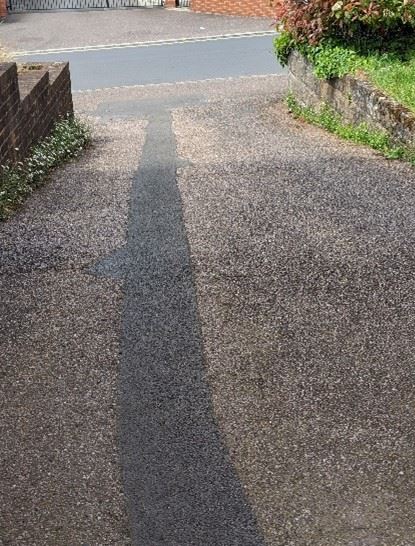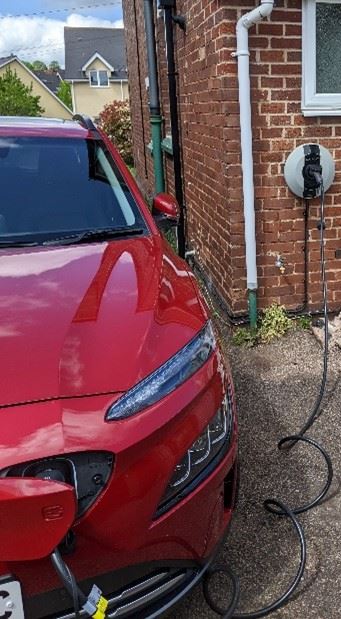My solar and EV journey and why Part S Building Regulations matters
 Released On 24th May 2022
Released On 24th May 2022
The Three Dragons team try to practice what they test! When it comes to approaches to meet the climate challenge it is no different! Members of the team have installed solar panels and battery technology and more recently have ‘invested’ in all electric and hybrid cars. It is not always the easy option and we can certainly learn….
The cost and inconvenience of retro fitting infrastructure to support electric vehicles and renewable energy sources is so much worse than incorporating it into buildings in the first place.
Take solar as our first example, from our own experience the significant costs are in the installation, such as scaffolding and connections rather than the product which is relatively cheap in comparison and if bought ‘en masse’ and installed with the roof it will be a very small percentage of overall build costs. So why are these not included within every new build now? It is the most cost-effective time to include and would help immensely with the cost of living.
EV charging infrastructure is even more of a challenge as a retrofit – first-hand experience of this required the following:
- the household electrics to be upgraded to cope with the new demand
- the drive dug up and a new cable laid to address capacity issues
- road closure to facilitate the laying of the new cable
- sign off by the local distribution network operator
All this took approximately 6 months to sort after the EV was bought meaning that public chargers had to be used which was both inconvenient and more costly. It also required good relationships with the neighbours and an acceptance that you end up with a messy drive and a box sticking out of the wall. Incidentally none of this is explained when you buy the car, you just have to learn as you go and for those without any off street parking the opportunities for cheap reliable charging are still poor. Again, like solar we can do better by sorting this at the design and build stage.
 But this should now improve – Part S of the building regulations will come into force next month - June 2022, requiring in most circumstance an EV charging point per car parking space for each new residential unit - but whilst the costs will not be as great as a retrofit they still need consideration when thinking about development costs. The latest (and final) impact assessment* for the introduction of Part S provides a clear set of costs for introducing Part S, suggesting that when bought ‘en masse’, rather than on an individual basis as you would for a retrofit, the cost for an off-street charger for a house would be £615 per charging point and for flats which have shared surface car parking the cost would be £975 per charging unit. In all cases it is assumed that the charger is ‘smart’ and therefore has potential for control by the national grid to ease network pressures, should these arise in the future.
But this should now improve – Part S of the building regulations will come into force next month - June 2022, requiring in most circumstance an EV charging point per car parking space for each new residential unit - but whilst the costs will not be as great as a retrofit they still need consideration when thinking about development costs. The latest (and final) impact assessment* for the introduction of Part S provides a clear set of costs for introducing Part S, suggesting that when bought ‘en masse’, rather than on an individual basis as you would for a retrofit, the cost for an off-street charger for a house would be £615 per charging point and for flats which have shared surface car parking the cost would be £975 per charging unit. In all cases it is assumed that the charger is ‘smart’ and therefore has potential for control by the national grid to ease network pressures, should these arise in the future.
*https://assets.publishing.service.gov.uk/government/uploads/system/uploads/attachment_data/file/1040255/residential-charging-infrastructure-provision-final-impact-assessment.pdf
